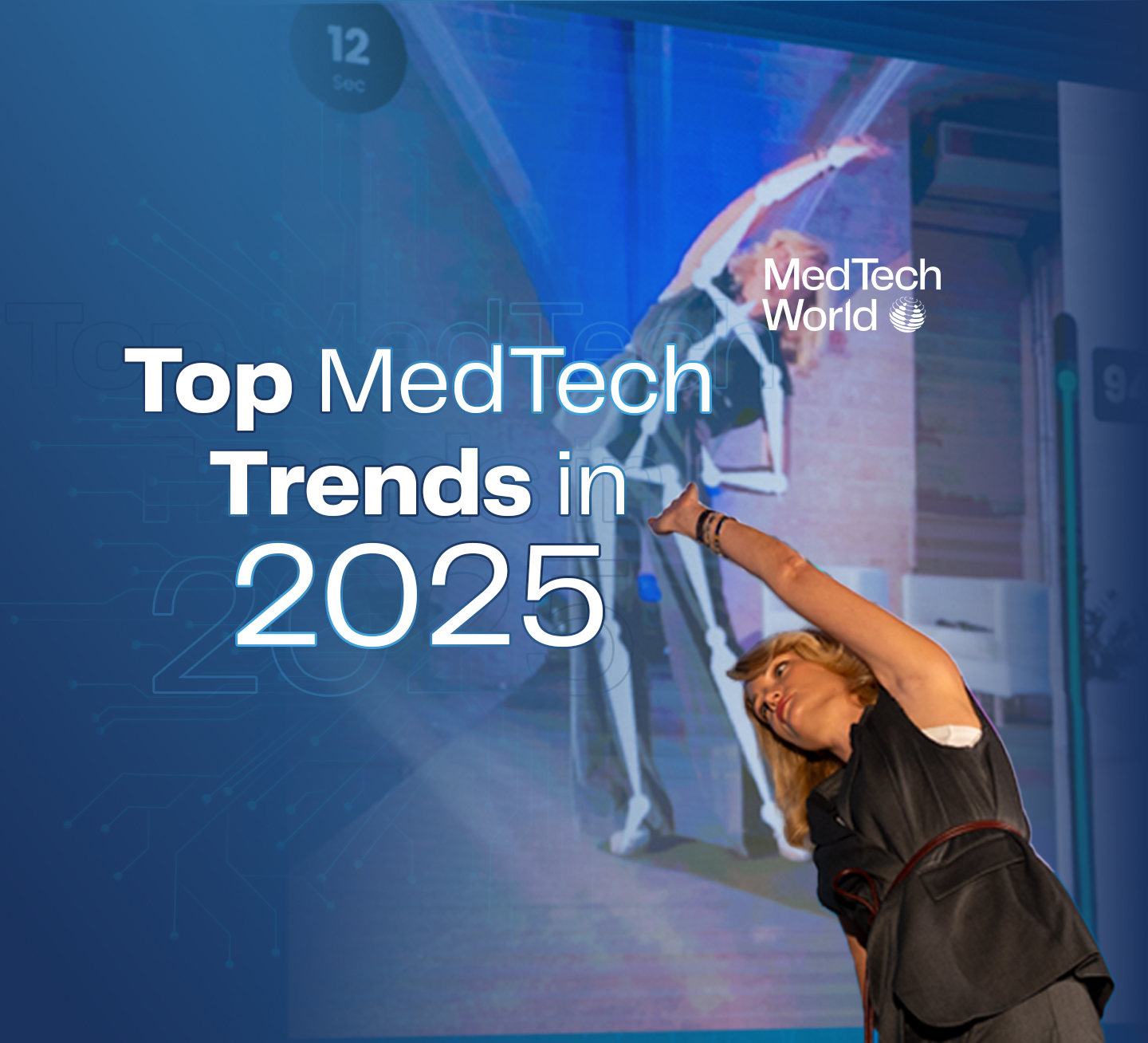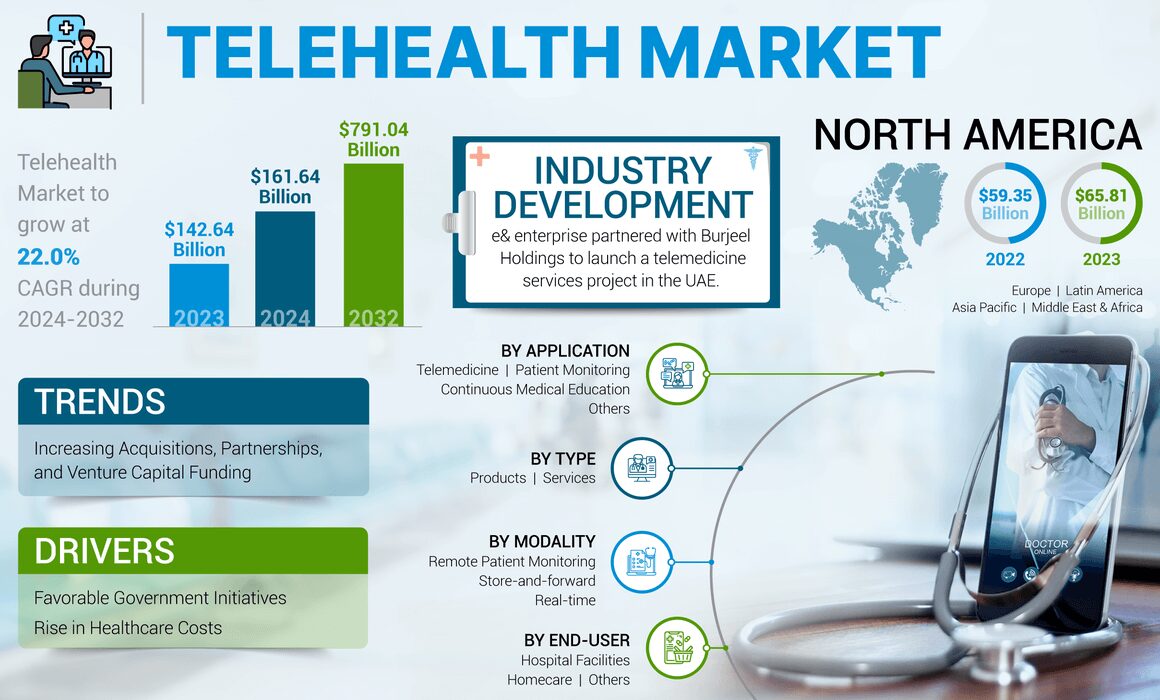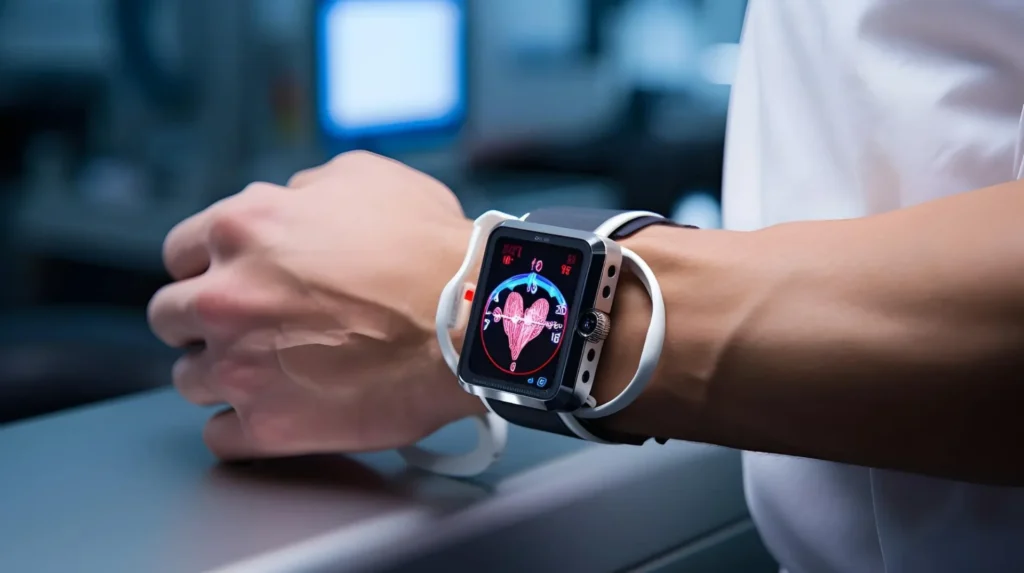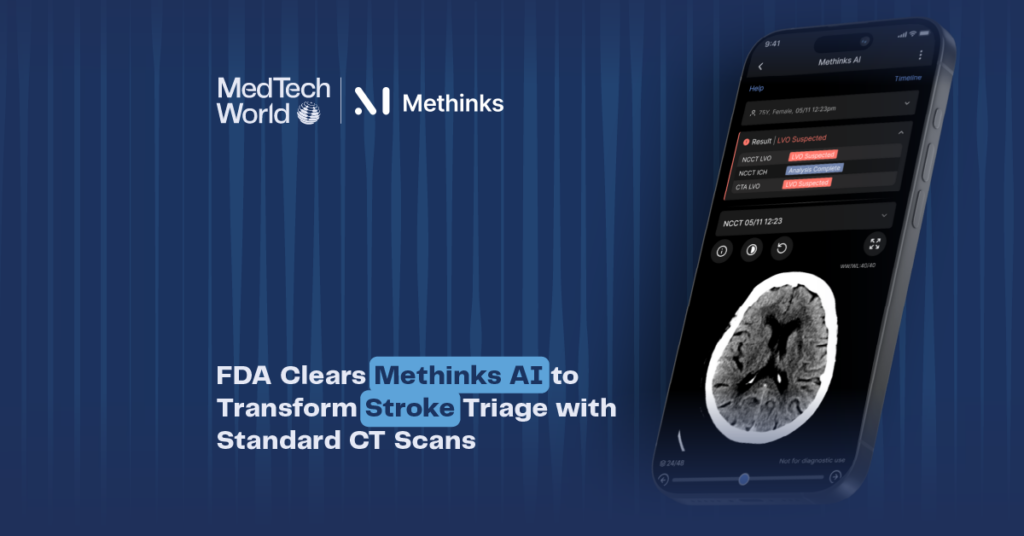
Wara Samar
8th January 2025
Top MedTech Trends to Watch in 2025
As we step into 2025, the MedTech industry stands poised for another year of innovation and progress. With rapid advancements in technology and a growing emphasis on improving healthcare outcomes, several trends are expected to make a significant impact. Here are the key MedTech developments to keep an eye on this year.
Telehealth Expansion: Sustaining Momentum
The global telehealth market, valued at USD 142.64 billion in 2023, is anticipated to grow from USD 161.64 billion in 2024 to USD 791.04 billion by 2032, reflecting a compound annual growth rate (CAGR) of 22.0% over the forecast period. This sustained growth stems from the increasing demand for remote healthcare services, bolstered by advancements in digital health technologies. The COVID-19 pandemic acted as a catalyst, transforming telehealth from an auxiliary service to a central pillar of healthcare delivery. As patients and providers grow more accustomed to virtual care solutions, telehealth is expected to further integrate into mainstream healthcare systems, improving accessibility and convenience for patients worldwide.

Wearable Health Technology: Enabling Real-Time Monitoring
Wearable health devices continue to experience remarkable growth, with the global market projected to reach $74 billion by 2025. This surge is driven by a growing emphasis on preventive healthcare and chronic disease management. Advances in sensor technology and data analytics are equipping these devices with sophisticated health monitoring capabilities, enabling users to track vital signs and other health metrics in real time.
From smartwatches to fitness trackers and medical-grade devices, wearables are empowering individuals to take greater control over their health. For instance, continuous glucose monitors, and wearable ECGs provide real-time insights into blood sugar levels and heart health, respectively. These innovations not only enhance personal health management but also facilitate remote patient monitoring, improving overall healthcare outcomes.

Artificial Intelligence in Diagnostics and Personalized Medicine
Artificial intelligence continues to revolutionize diagnostics, predictive analytics, and personalized medicine. The AI in healthcare market is projected to grow to $45.2 billion by 2026, with a robust CAGR of 37% from 2022 to 2030. AI’s ability to process vast amounts of healthcare data and deliver insights is transforming the diagnostic process, enabling earlier detection and more accurate diagnoses. Additionally, AI-driven tools are enhancing treatment planning and optimizing patient care, promising a future where healthcare delivery is not only more efficient but also more tailored to individual needs.
AI’s impact is evident in various applications, such as medical imaging analysis, where it helps in the early detection of diseases like cancer. Predictive analytics powered by AI can forecast patient outcomes and identify potential health risks, allowing for proactive interventions. Personalized medicine is also benefiting from AI, as it enables the development of customized treatment plans based on individual patient data.
Robotics in Surgery: Advancing Precision and Outcomes
The global surgical robotics market was valued at approximately USD 10.54 billion in 2024 and is projected to expand at a CAGR of around 20.00% from 2025 to 2034, reaching nearly USD 65.26 billion by the end of the forecast period. Robotic-assisted surgeries are becoming more prevalent due to their ability to enhance precision, reduce recovery times, and minimize complications compared to traditional surgery methods. The integration of AI with robotic systems is further enhancing their capabilities, enabling real-time data processing, decision-making, and personalized surgical plans.
AI-powered robotic surgery is pushing the boundaries of minimally invasive procedures, offering unprecedented levels of accuracy and efficiency. For instance, AI algorithms can analyze vast amounts of surgical data, recognize patterns, and assist surgeons in real-time by identifying structures, predicting complications, and providing recommendations. This integration not only improves surgical outcomes but also reduces human error and enhances overall patient care.
Personalized Medicine: Tailoring Treatments
The personalized medicine market is expected to reach a staggering USD 5.7 trillion by 2030. This approach leverages advancements in genomics and biotechnology to tailor treatment plans based on individual genetic profiles. By focusing on genetic testing and biomarker discovery, personalized medicine promises more effective therapies and improved patient outcomes. As this trend gains traction, it is likely to become a cornerstone of modern healthcare, offering solutions that address unique patient needs.

Looking Ahead
The MedTech industry is at the forefront of transforming healthcare through innovation and technology. As telehealth, wearable devices, AI, robotics, and personalized medicine continue to evolve, they hold immense potential to improve healthcare access, outcomes, and efficiency. In 2025, these trends are not just about technological advancement; they represent a collective effort to deliver more precise, patient-centric, and effective care.
MedTech World Dubai 2025 Awaits
MedTech World Dubai, MedTech World’s first event of 2025, is just around the corner! Don’t miss this opportunity to connect with global innovators and healthcare leaders. Whether you’re looking to expand your network, explore cutting-edge technologies, or forge exciting collaborations, this event is your gateway to healthcare innovation. Reserve your spot today and secure your place before ticket prices increase!





